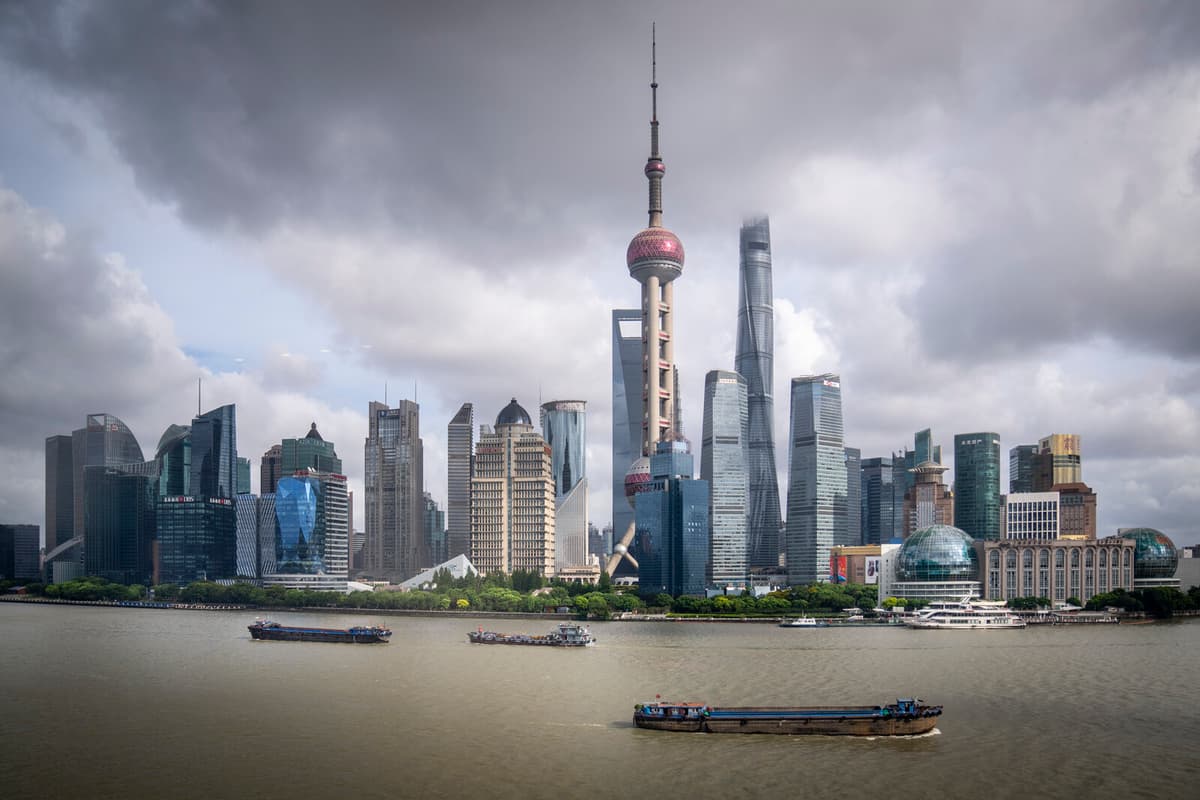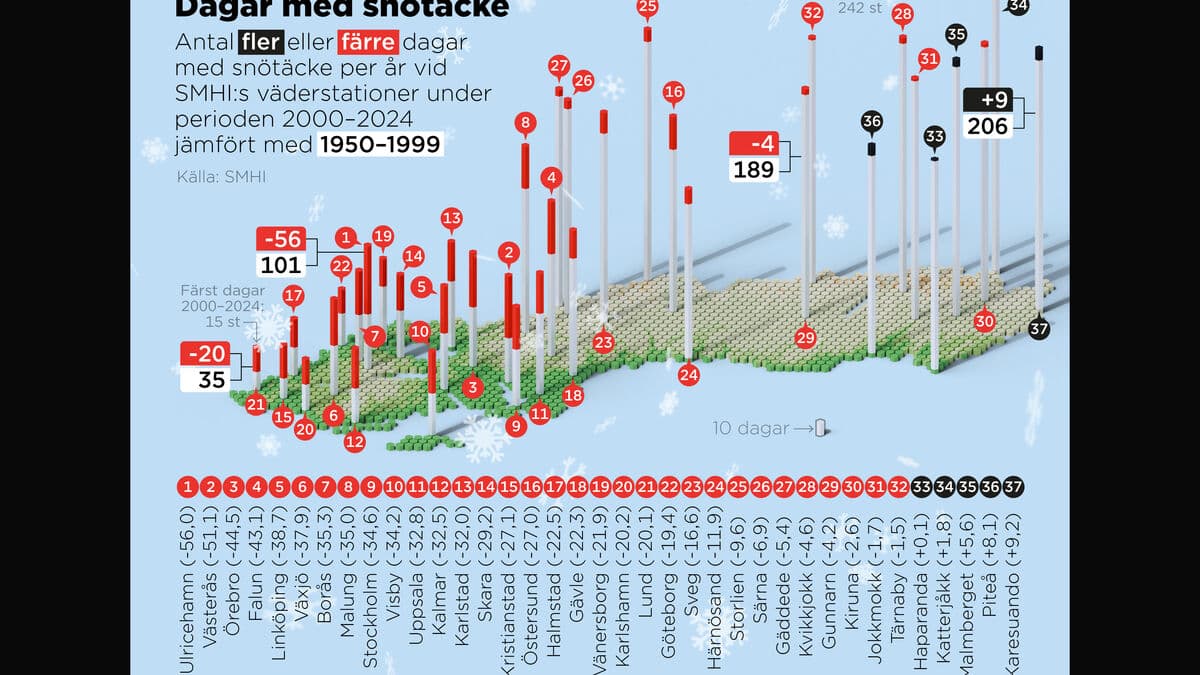Climate Trace, which was co-founded by the USA's former Vice President Al Gore, has created a tool that uses satellite data, sensors, and AI to make it possible to track emissions from 9,000 populated areas on Earth.
Here are the world's largest emitters last year:
1. Shanghai (256 million tons of CO2 equivalents)
With 25 million inhabitants, Shanghai in China is the metropolitan area in the world that emits the most greenhouse gases, as much as Sweden, Denmark, and Finland combined. Above all, it is the Baoshan steel plant and several power plants that are the culprits in the drama. Coal-fired Waigaoqiao spews out three times as much emissions as the entire Stockholm.
2. Tokyo (250 million tons of CO2 equivalents)
In Tokyo's metropolitan area, nearly 38 million people are crowded. With that population, it's perhaps not so surprising that Japan's capital city emits large quantities of greenhouse gases. Unlike Shanghai, it's not power plants or industries, but residential areas and road transport that are the main causes, although several steel plants are also strongly contributing.
3. New York (160 million tons of CO2 equivalents)
Road transport, buildings, and the city's two airports, JFK and Newark, make American New York the world's third-largest – and the USA's largest – emitter.
4. Houston (150 million tons of CO2 equivalents)
It's called the world's energy capital, Houston in American Texas. In addition to buildings and transport, oil refineries and petrochemical factories account for a significant amount of emissions.
5. Seoul (142 million tons of CO2 equivalents)
South Korean Seoul is the world's fifth-largest emitter among populated areas. About one-sixth is caused by residential areas, followed by Incheon Airport and road transport.
As a footnote: Greater Stockholm emitted 6.85 million tons of CO2 equivalents, Gothenburg 5.44, and Malmö 1.77 last year, according to the database.





